Oberlin Alumni Magazine
Spring 2014 Vol. 109 No. 2
Around Tappan Square
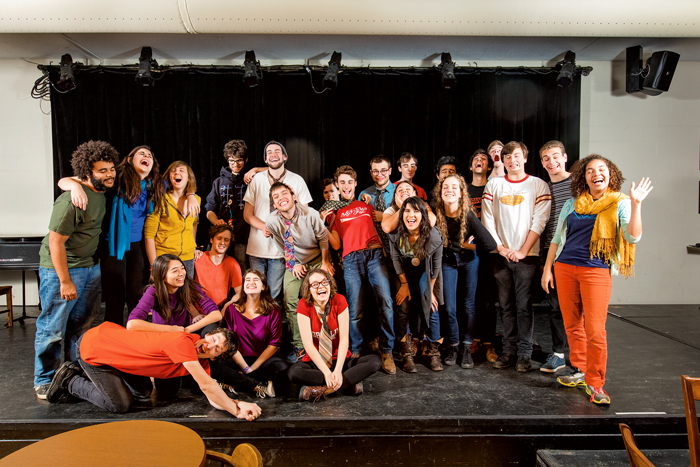
IMPROV-ING CAMPUS LIFE
Oberlin currently has three improv theater troupes—Primitive Streak (which began as a winter-term project in 1989 and boasts Ed Helms as an alumnus) and Sunshine Scouts (founded in 1999), both long-form improv practitioners; and the short-form Kid Business (which started as OBehave and grew out of a 2009 ExCo class.) All three troupes came together for a triple-bill performance at the Cat in the Cream during November’s Parents Weekend, where the Oberlin Alumni Magazine caught up with them.
Noted:
Nord Support Boosts AMAM
A transformative gift of $1.5 million from the Eric & Jane Nord Family Fund has established an endowed position—one dedicated to public education—at the Allen Memorial Art Museum. Creation of the Eric & Jane Nord Family Curator of Education secures the museum’s mission of providing exemplary art education and exciting programs to the Lorain County region for generations to come.
“The Nord family has been among the museum’s greatest benefactors for many decades,” says Museum Director Andria Derstine. “Indeed, the Nord gallery on the museum’s north side was named by Mr. and Mrs. Eric Nord, Mr. and Mrs. Evan Nord, Mr. and Mrs. David Ignat, and Mr. and Mrs. Joseph Ignat in memory of Walter and Virginia Nord, and Nord family members have long supported significant AMAM projects and programs.”
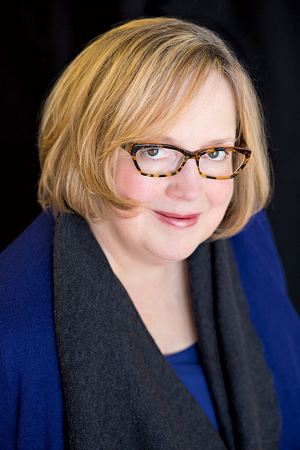
Associate Professor of Singing Lorraine Manz. Photo by Tanya Rosen-Jones
Manz named to academy
Lorraine Manz, associate professor of singing at the Oberlin Conservatory, has been unanimously elected to membership in the American Academy of Teachers of Singing. Established in 1945, the academy consists of nationally recognized voice experts and teachers of singing, as well as esteemed performers of classical and contemporary commercial music, noted authors, and voice science researchers. The academy consists of only 30 members, and all members are admitted solely by invitation.
Symposium tackles divestment issue
The college held a daylong symposium on the issue of divestment in February. Eight speakers were part of two panels. The first examined endowment investment, goals of investment strategies, obstacles to divestment, and socially responsible investment. The second explored, among other topics, the complicated legacy of divestment in South Africa in the 1970s, the liberal values at stake in social change, and divestment as a strategy for social change. “The symposium is one way for Oberlin College to do what institutions of higher learning should do: explore difficult issues from a variety of perspectives,” says Joyce Babyak, acting dean of the College of Arts and Sciences.
New Deans On Board
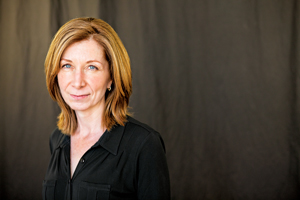
Dean of the Conservatory of Music Andrea Kalyn.
Photo by Tanya Rosen-Jones
The Oberlin College Board of Trustees recently confirmed the appointments of two new academic deans, Andrea Kalyn in the Conservatory of Music, and Tim Elgren in the College of Arts and Sciences.
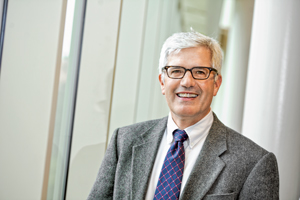
Dean of the College of Arts and Sciences Tim Elgren. Photo by Nancy L. Ford
“Both are exceptional individuals whom I am confident will be innovative in their leadership roles,” says Oberlin President Marvin Krislov. “The elected faculty search committees unanimously endorsed both of these candidates as their first choices, and I thank the committees for their superb and extensive work.”
Kalyn has been at Oberlin since 2005 as associate dean of the conservatory and its top officer for academic affairs. Among many other achievements, she led a team of faculty and administrators in creating the Creativity & Leadership Project, a cross-campus initiative dedicated to fostering entrepreneurship among students in the college and conservatory.
Elgren comes to Oberlin from Hamilton College, where he is currently a professor of chemistry. He has served as diversity officer and associate dean there, working closely with the vice president of academic affairs and dean of faculty, as well as with other senior officers, faculty, and trustees on a variety of initiatives.
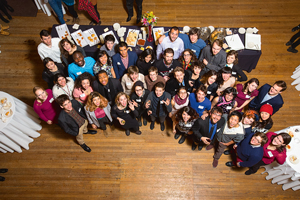
Photo by Tanya Rosen-Jones
AFTER THE FALLThe Alumni Association feted Oberlin’s 64 midyear graduates—those graduating in December and after winter term 2014—on December 16 in Peters Hall. The event featured an official welcome into the association and remarks by President Krislov, Class President Trey Levy ’14, and Dean Eric Estes. “It was a cold evening, but warm and lively inside, where we were joined by many family members as well as friends, faculty, and staff,” says Kira McGirr ’06, assistant director of alumni relations.
Cool Breeze
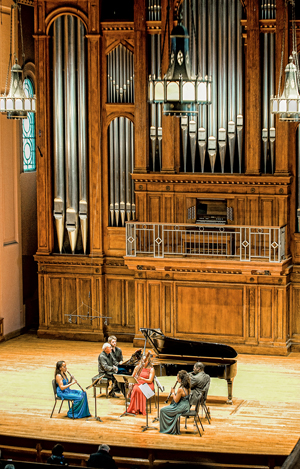
Imani Winds returned to campus in February for an Artist Recital Series concert, along with master classes and a Q&A with students. Established in 1997, the Grammy-nominated quintet features a pair of Oberlin Conservatory alumni—oboist Toyin Spellman- Diaz ’94 and bassoonist Monica Ellis ’95. Joining them on this trip back to campus was one of their favorite collaborators and an Artist Recital Series repeat guest, renowned pianist Gilbert Kalish. It was a special trip for Kalish, too: His granddaughter is now a viola performance major at the conservatory. Photo by Walter Novak
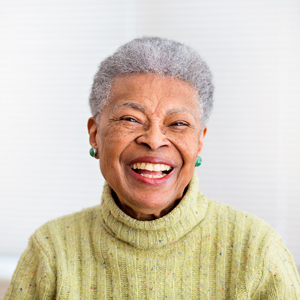
Kendal Turns Twenty
Kendal isn’t just at Oberlin— it’s of it.
By Lisa Chiu Photographs by Tanya Rosen-Jones ’97
“You’ll have to keep up. I walk fast,” says Fran Cooper, a former administrative assistant at Oberlin College. “I may be 84 but I only have one speed.”
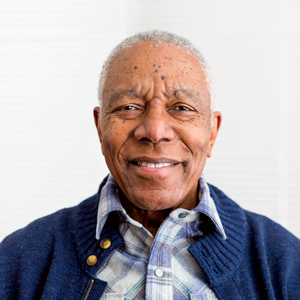
Cooper represents many of the active residents and staff at Kendal at Oberlin, a retirement community that celebrated its 20th anniversary in 2013 and remains a vibrant asset to both the college and town.
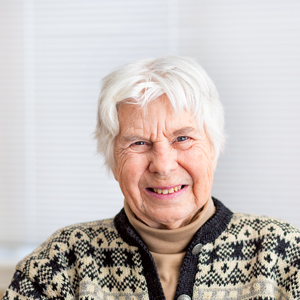
Resident Dick Baznik, who interviewed dozens of residents and staff members for his recently published book, History of Kendal at Oberlin, refers to his project as “history that talks back.”
Kendal at Oberlin began with informal conversations in the mid-1980s. When George Simpson, a sociology and anthropology professor, retired from the college after four decades of service, he and his wife, Eleanor, wanted to remain in town but found no retirement community options available. A group of community leaders that met regularly at the Oberlin Inn lamented the situation.
Soon afterward, Karl Heiser ’26 convened a group that included college administrators and community activists to develop a retirement community in town. They researched various retirement centers and decided on the Quaker-based Kendal model.
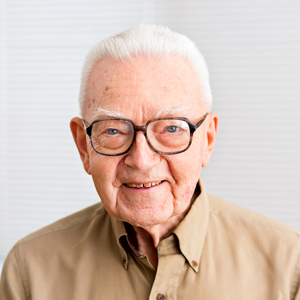
“Kendal would not be here were it not for Oberlin College,” says Baznik, vice president emeritus at Case Western Reserve University. “The college’s fingerprints are all over this place.”
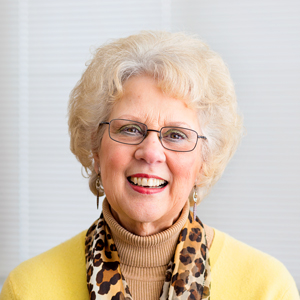
Kendal’s proximity to the college is an important draw for its residents, who include musicians, academics, ambassadors, artists, and scientists. They audit classes at the college, attend conservatory concerts, volunteer at the art museum, and support athletics events.
“This is the kind of place where you cannot not be engaged in the community,” says Barbara Thomas, CEO of Kendal at Oberlin. Kendal attracts people who want to be active and involved, including the resident who carries an oxygen tank to city council meetings.
Nearly 40 percent of the residents have a previous connection to Oberlin College, including emeriti faculty and alumni, according to Maggie Stark, Kendal at Oberlin’s director of marketing and admission.
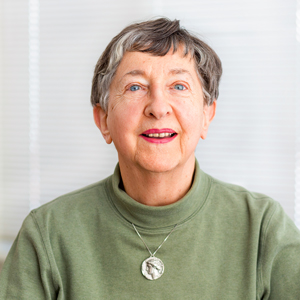
Esther Hunt ’29, the oldest resident at Kendal, turned 103 on Valentine’s Day. After attending Oberlin’s kindergarten primary training program, she spent 35 years as a kindergarten teacher.
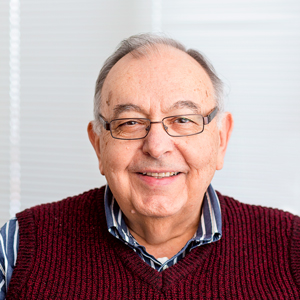
“I came to Oberlin because I knew people there and I was completely sold on their idea of learning by doing and through experience,” she says. “I believe you can never stop learning.”
Jim Sunshine ’46, has lived at Kendal since 2005. After his wife died, the retired deputy executive editor of the Providence Journal found himself alone in a big house in Rhode Island with little to do besides chop wood and tend to his garden. He visited retirement centers, including a “fancy high-rise” in Massachusetts, but found them to be too quiet.
Today, Sunshine enjoys the lively atmosphere of Kendal at Oberlin, where he attends lectures and mini-courses taught by Oberlin professors and listening to conservatory students who come to perform. The World War II veteran also audits classes at the college. Recently, he took Ben Schiff’s politics course, War, Weapons & Arms Control, and was delighted when asked to deliver a lecture on his own war experiences. “I never thought I’d lecture at Oberlin,” he says.
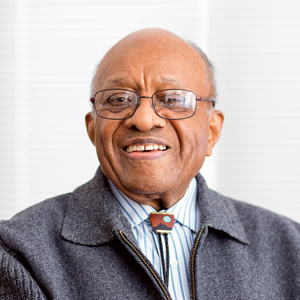
Unlike Sunshine, Dick Baznik did not attend Oberlin. Neither did his wife, Donna, although her father and sister were both alumni. The Bazniks were intrigued by Kendal at Oberlin after visiting friends there. Donna, a longtime librarian at the Cleveland Music School Settlement’s day care program, was sold on Kendal’s Early Learning Center. Dick was attracted to the active environment close to the Oberlin campus.
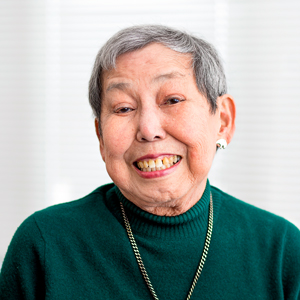
Baznik, chair of the Kendal at Oberlin residents’ website committee, points out its online calendar. Comparing it to other retirement community calendars, he notes that many of them averaged seven events, where Kendal at Oberlin displayed 173 listings, including concerts, lectures, art exhibits, exercise programs, bridge nights, and movies.
“And that was just January,” Baznik says. “That’s a down month!”

Want to Respond?
Send us a letter-to-the-editor or leave a comment below. The comments section is to encourage lively discourse. Feel free to be spirited, but don't be abusive. The Oberlin Alumni Magazine reserves the right to delete posts it deems inappropriate.